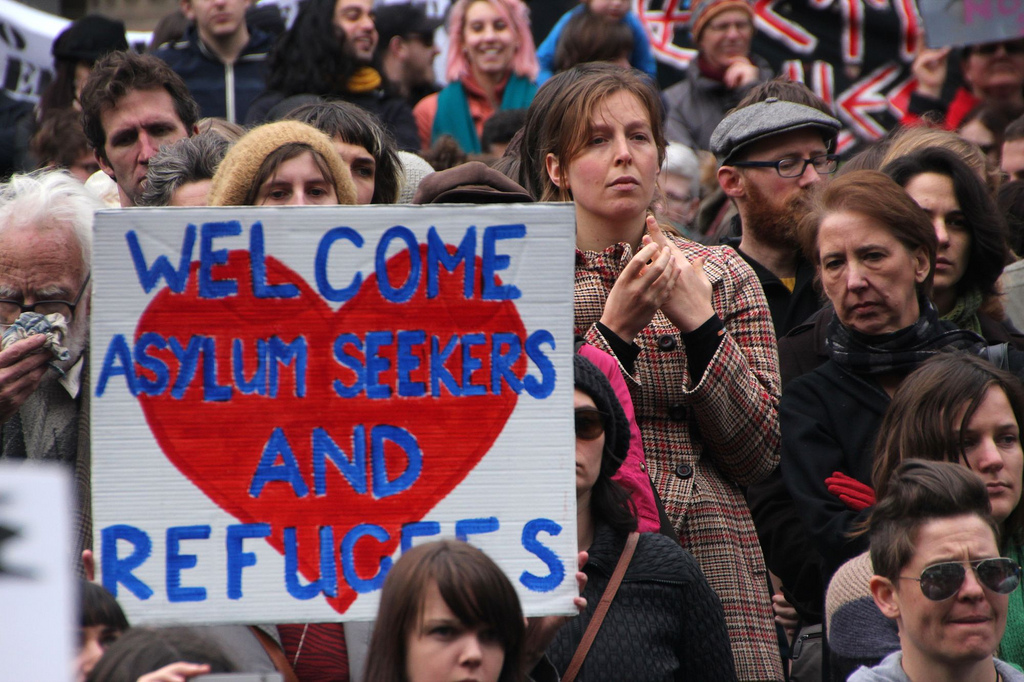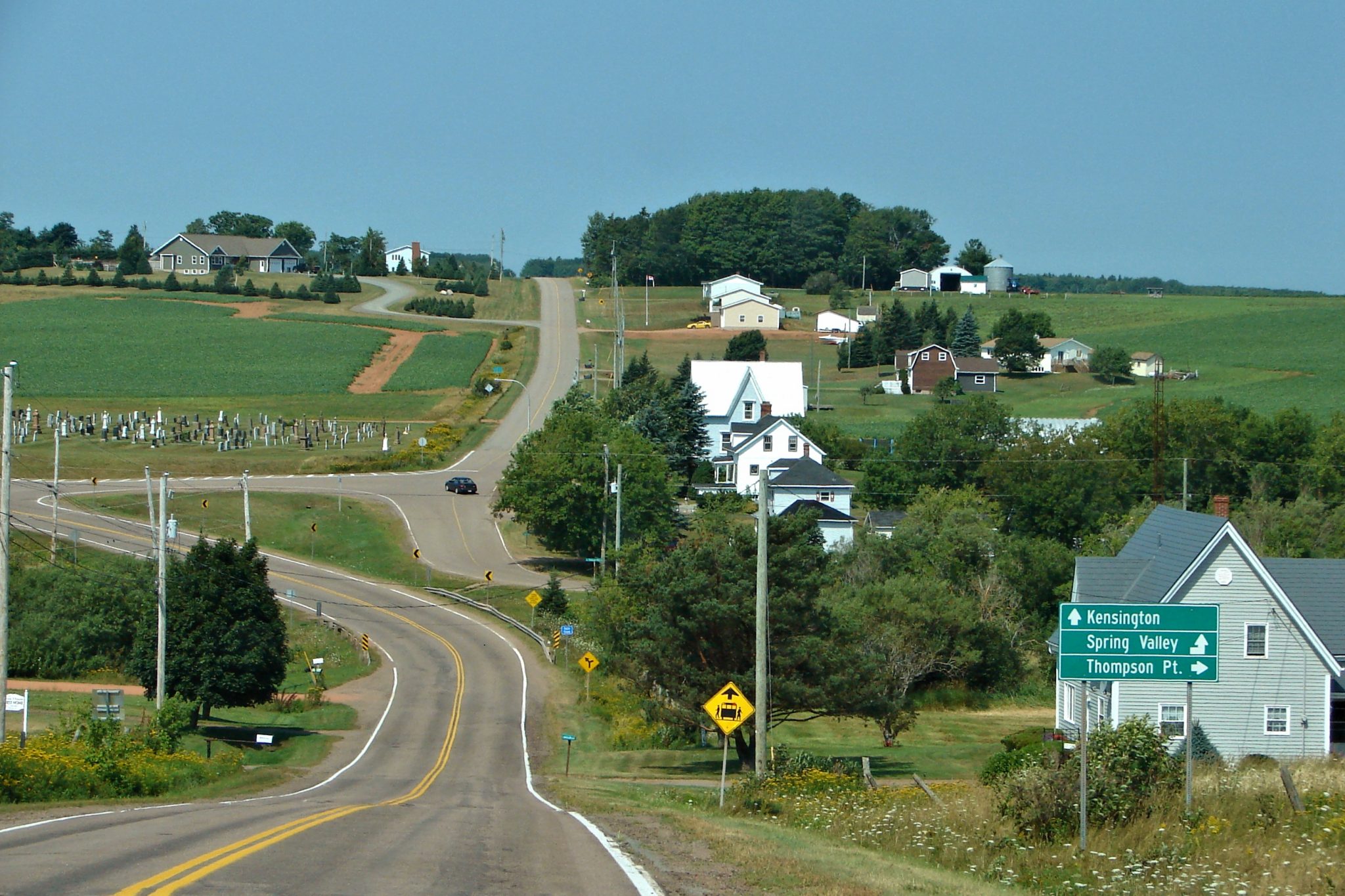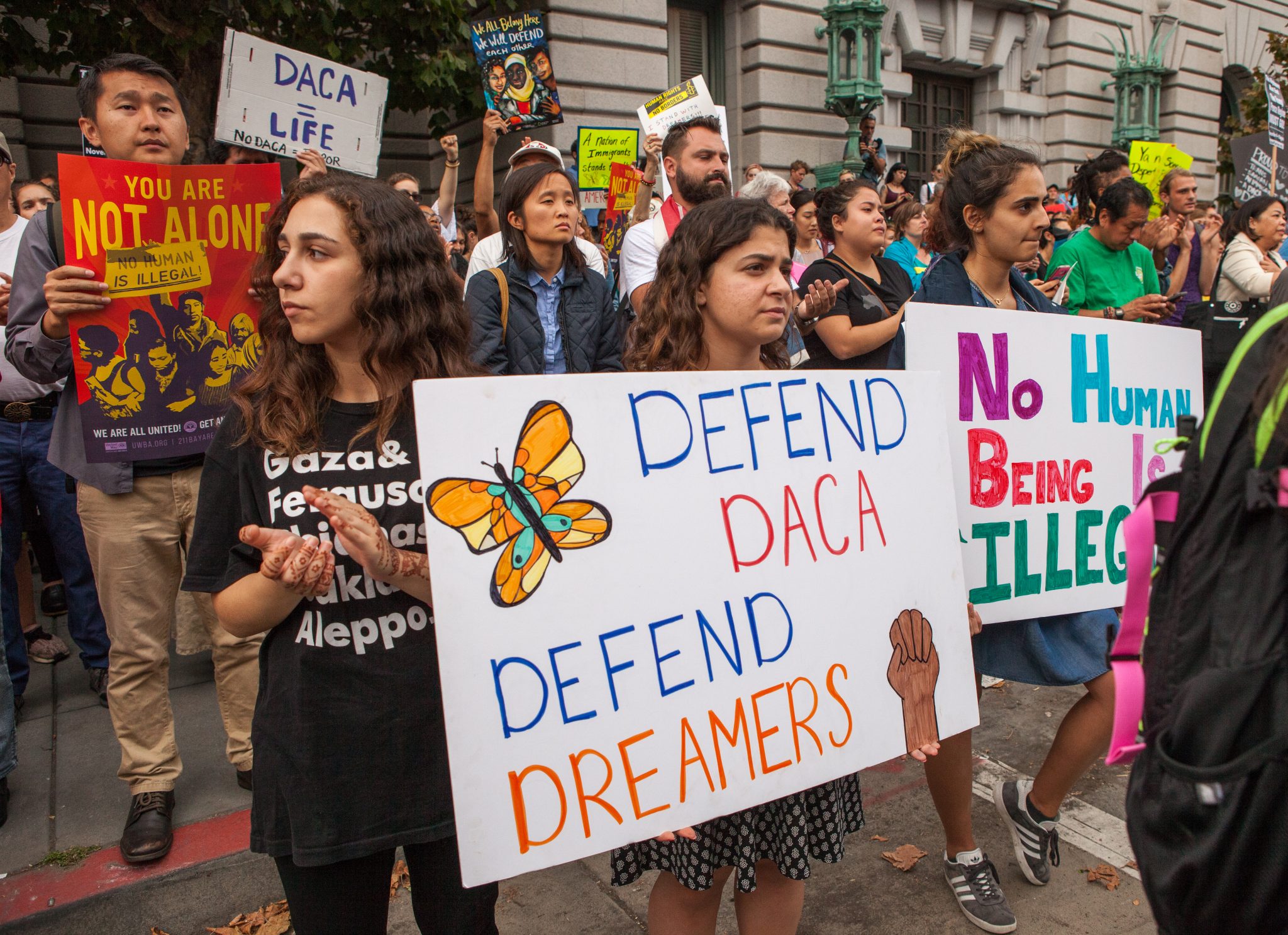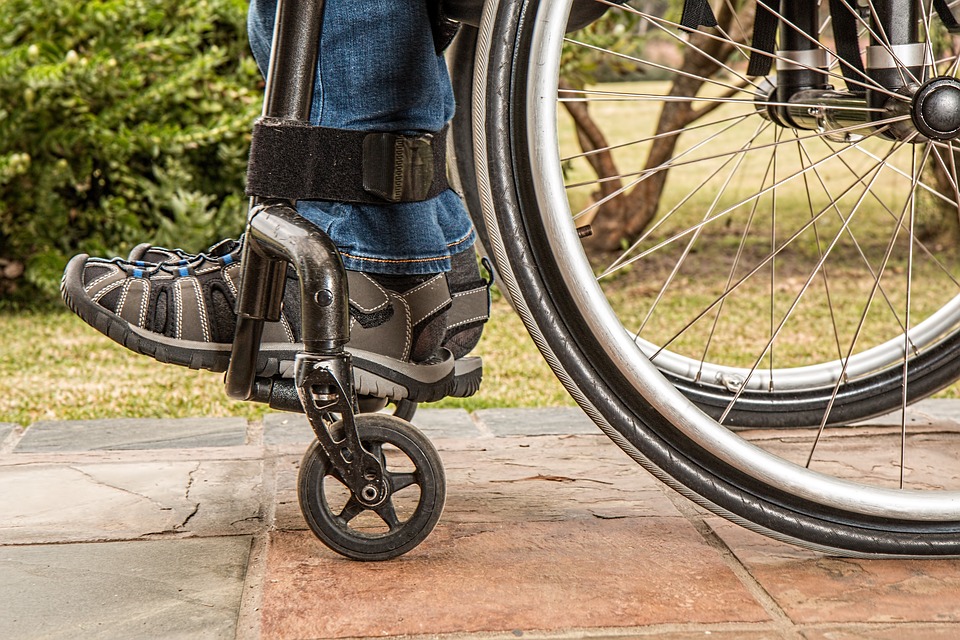US Dreamers Facing Deportation Include 750 Canadians
American Employers Contact Immigration and Refugee Law Offices for Help Keeping Dreamers Stateside
After spending nearly 20 years in the United States, Dreamers now face deportation to unfamiliar countries with few (if any) connections. Dreamers, the children of undocumented immigrants, were brought to the US by their parents and raised in the United States. While the majority of Dreamers were born in Mexico, many were born in Canada.
Although deportation to Canada might not seem like a bad thing—especially when compared to countries suffering from violence, poverty, and turmoil—deportation is difficult for any of these Dreamers. Immigration and refugee law offices can provide assistance for immigration appeals.
A recent National Post article discussed the hardships Dreamers face with the termination of the Deferred Action for Childhood Arrivals (DACA) program and their possible deportation. These Dreamers accompanied their parents to the US when they were children. Often, their parents were in the US on work or student visas. After their visas expired, they remained in their new home country undocumented.
Since these children were too young to have a choice in the matter, former President Barack Obama created a program—DACA—to protect these children from deportation, allowing them to live a normal life in the US, being able to go to school and work legally. These protected Dreamers must have been 15 years old or younger when they came to the US, and had to be in the US since at least June 2007.
No Different From The Average Citizen
Arriving in the United States as children, Dreamers have spent the majority of their lives as Americans in all but name. For many, the US is the only home they know, being too young to remember life in their country of origin.
They’ve grown up in the US, gone to school, college, and university, made friends, started careers, and bought cars and homes. They have built their lives just like many US citizens have, and consider themselves American. They have had the protection to live their lives like everyone else until Trump recently took that away.
Deportation to Canada Is Still Deportation
Out of the 800,000 Dreamers, 750 were born in Canada. While deportation to Canada doesn’t seem like the worst thing, being forced to move to Canada would mean moving to a foreign country with no sense of home, no friends, no community, or national pride.
These Dreamers are forced to overhaul their entire lives, uproot, quit their jobs, sell their homes, and leave their friends. Deportation could also affect their career paths. One Canadian Dreamer mentioned plans to become a lawyer. But since she studied in the US—studying only US politics and law—this could affect and slow down her career path of becoming a lawyer in Canada.
Immigration and refugee lawyers are also getting phone calls from the employers of Dreamers, pleading to keep their beloved employees in the US, willing to sponsor them and do anything to help them stay. These Dreamers are hardworking Americans who had the protection and status to continue living their lives in the US. They are Americans in almost every sense of the word, but the protected status they have lost changes everything. Taking away their protection means possibly tearing away their sense of home and belonging.
Canada Needs Long-Term Solutions For Influx of Asylum Seekers
A Look at Recommended US-Canada Immigration Strategies to Adapt to the Rise in Asylum Seekers Crossing into Canada
Many foreign nationals in the United States no longer feel safe since President Trump came into power. Trump has made his opposition to immigration clear. The travel bans, lifting of migrant protections, and talks of building a wall to keep Mexicans out are all sound reasons to feel unwelcome in the US if you’re from another country. Many who applied for asylum in the US now fear deportation. For many, deportation is a serious risk, as they have fled conflict or persecution.
Thousands of migrants are coming to Canada for another chance at resettling in a safer place. But the Safe Third Country Agreement (STCA) between the US and Canada is causing many to cross at unofficial borders. And instead of making changes to this agreement to address the influx of asylum seekers, neither Canada nor the United States has done anything to make immigration in Canada for asylum seekers safer and better.
If changes to the STCA are not on the agenda for the Canadian government, then Canada needs to seriously consider how to effectively handle the influx of asylum seekers crossing at unofficial borders. Since Donald Trump became president of the US in January 2017, his anti-immigration statements and Executive Orders have caused thousands of people to no longer feel welcome in the US. Trump’s America.
Canada’s immigration officials are not currently making changes to the STCA, and Trump’s stance on immigration is clear. This presents an opportunity for both countries to come together with a long-term solution.
There are reasonable recommended solutions for both Canada and the US to manage this influx of border crossers. These recommendations include:
- Canada allocating more resources the Immigration and Refugee Board immediately to address the long delays in the processing of refugee claims, now estimated to take more than one year;
- Thoroughly monitoring border areas for the safety of border crossers, tracking of those crossing borders, and providing a clear understanding of the numbers of border crossers;
- Implementing a US-Canada refugee referral program so those in the US who wish to claim asylum in Canada can do so legally, and without having to make the dangerous trek across unofficial borders—especially during extreme winter conditions.
Immigration to Canada for these asylum seekers should not involve crossing borders by foot, getting arrested, and potentially making arduous journeys during harsh winter conditions. But with the current immigration policies, more asylum seekers will make that dangerous trek because they fear they have no other options.
Immigration Makes PEI Canada’s Fastest-Growing Province
High Immigration Rates Push Population Growth in Maritime Provinces
Compared to the rest of Canada, Maritime provinces haven't seen much population growth over the years. In fact, some of these provinces have a shrinking population. All that's changed, though. Recent estimates peg Prince Edward Island as the fastest-growing province in the country. Population estimates for 2017 show immense growth in PEI thanks to increased immigration. Promoting immigration has had a positive effect on demographics and economy of what was once an aging population. For more information on immigration and work in Canada, contact a permanent resident lawyer.
According to a CBC News article, Statistics Canada recently released national population growth estimates. These estimates place PEI's growth rate at 1.71 percent, compared to 1.22 percent for Canada as a whole. These estimates suggest that PEI has surpassed its population goal of 150,000, and that immigration played a large role in this push.
Immigration Driving Numbers
The big push behind this growth? A surge in immigration starting in early 2016.
Over 2,000 immigrants arrived in PEI early in the year. Their arrival accounts for almost 90% of the growth from July 2016 to July 2017. PEI had a similar surge in 2010, and 2017 is on track to maintain the momentum that began last year.
In fact, the changing needs of these new immigrants has the PEI Association for Newcomers to Canada asking the federal government to help with resources. Increasing numbers of immigrants are arriving with strong English skills, which means their focus is then on finding a job.
Census Data
Statistics Canada based these estimates on census data and provincial population records. But census data doesn't provide a complete perspective. Statistics Canada thus uses other recorded data to estimate growth for each province. By including data on births, deaths, and immigration, they can provide a more accurate estimate.
Yet it is possible that Statistics Canada overestimated population growth rates. With the upcoming 2018 reconciled data (which incorporates further data), PEI may not have actually surpassed its target population goal in July. It's also worth noting that census numbers are still based on the 2011 census.
That said, the increase in immigration rates over the past year are a good indicator of this growth. PEI should be able to reach its target population goal by the end of the year, if it hasn’t already.
A Boost To The Economy
The PEI government set a target population goal of 150,000 to help bolster its economy. As with Canada at large, the province had an aging population with fewer working-age residents. This is only exacerbated by more Baby Boomers entering retirement. But thanks to immigration to PEI, more young people are able to balance the aging population.
This ensures a young workforce looking for employment. In turn, this supports job creation for new and returning islanders, and boosts the province’s economy.
For help with the immigration process and information about economic opportunities in Canada, contact a permanent resident lawyer.
Dreamers in Canada Lack Protection
Canada Should Not be Quick to Judge DACA’s Termination
In both Canada and the US, undocumented immigrants often arrive with their children in tow. Many Canadians were concerned about US President Donald Trump’s decision to end the Deferred Action for Childhood arrivals (DACA) program. Thousands of people arrived in the US during their childhood as undocumented immigrants, and DACA's implementation allowed them to receive education and to work. However, DACA's termination puts the “Dreamers” at risk of job loss and sudden deportation from a place they call home. The frustration felt by many Canadians and their sympathy towards the Dreamers’ situation is understandable.
But despite Canada’s open attitudes and policies about immigration law, there is currently no immigration program in place to specifically help the Dreamers.
Plight of “Dreamers”
There are any number of reasons why undocumented immigrants don’t apply for documentation. Their children, however, may not apply because they’re afraid of deportation. It’s something of a Catch-22: the fear of deportation because of their undocumented status pushes some to apply, but a failed application more often than not results in deportation.
As a result, many don’t take the chance, and instead continue to live without any legal immigration status. This poses many barriers, keeping them from access to higher education and social services. DACA offered protection for the children of undocumented immigrants in the US, giving these “Dreamers” a chance to pursue higher education and job opportunities. But no such equivalent program or protection exists in Canada.
Searching for Solutions
A recent CBC News article discussed the controversial end of DACA and Canada’s own approach towards undocumented immigrants and their children. The official line given by Immigration, Refugees and Citizenship Canada is that it expects illegal immigrants to “respect Canadian laws and regularize their status or return to their country of origin.”
There is some hope, however. Those who have grown up undocumented in Canada may apply for immigration status based on humanitarian grounds, arguing they've spent most of their lives in Canada and are settled, and thus deportation would be inhumane.
Undocumented immigrants in the US (such as the Dreamers) may apply to Canada through regular immigration streams. Many may not qualify due to a lack of higher education and/or qualifying work experience. As a result, there may be an influx of Dreamers filing refugee claims in Canada. However, there is no guarantee a refugee claim will be successful; many of them are Mexican nationals, and only a small percentage of claims made by Mexicans end up being accepted.
DACA allowed many children to build lives in the U.S. without fear of detainment and deportation. They could access education, get their driver’s license, and live normal lives in the place they call home. This freedom for a better life shouldn’t be taken away, or even prevented in the first place. These children shouldn’t be punished because their parents hoped to start a better life for their family. Therefore, some Canadians have called for Canada to step up in response to the end of the DACA program and create a program to allow Dreamers entry into Canada.
For more information about the immigration application process, contact a Canadian immigration law firm.
Is Immigration Canada Treating Disabled Applicants Unfairly?
Families with Disabled Members Claim Immigration, Refugees and Citizenship Canada Uses Vague Claims to Deny their Applications
According to a recent article from Global News, many families have had their applications for permanent resident status denied unfairly due to a disability.
The reason for the denial will often be “excessive demand” on Canada’s social services and healthcare system. This rationale can be employed for some types of applications if Immigration, Refugees and Citizenship Canada believes that the applicants or any other close family members have a condition that would cost too much to treat, even if those family members have no intention of coming to Canada. The current threshold is $6,655 annually in medical or social services combined.
In cases where the immigration department denies a case for this reason, immigration officers must first send out a “fairness letter” to applicants, explaining the reasons their claims could be denied. This is a legal obligation.
Often, these families can afford the costs of care for their children’s disabilities, but haven’t had a reasonable chance to prove it. The families profiled in the Global News article claim that the fairness letters are vague. Applicants can’t argue with the lack of information provided, resulting in the denial of their applications. The apparent omission of a seemingly simple task on the part of immigration officials is leading to life-changing decisions for many applicants and families seeking a better life in Canada.
Missing Information in Responses
Fairness letters must clearly outline the medical condition diagnosed by a medical examiner, the services needed for the condition, and the estimated costs of these services. Applicants then have a chance to respond to this letter and prove their case to gain permanent resident status. In their response, they would need to show proof that they have the necessary means to cover the costs of the services so as not to be a burden on Canada’s health care and social services system.
As straightforward as this may seem, some applicants allege immigration officers are actually not properly disclosing cost estimates. Instead, they provide general or vague lists of issues that applicants cannot properly address or argue. Without a cost estimate, applicants cannot prove their financial means cover the costs, which often results in a denied claim.
Government Response
If such allegations are true, Canadian immigration officials are not giving applicants a chance. Instead of saying, “This is what the condition will cost; this is what you will have to cover; please provide proof that you can cover these costs,” these letters simply describe costs as excessive.
Immigration Minister Ahmed Hussen acknowledges that this approach may not align with Canadian values regarding the equal treatment of those with disabilities. In light of this issue, Hussen stated his department is working to improve the immigration process for all applicants.
The Canadian Bar Association (CBA) has also made recommendations to make the system fair to all applicants. The CBA recommendations include:
- A centralized review process with only experienced immigration officers handling complicated cases;
- Investment into up-to-date research;
- Provision of clearer guidelines to both the public and immigration officials; and
- Clarification of instructions and the distinct roles of both immigration officers and medical officers. This can prevent inconsistencies and promote effective decision making.
Denying immigration applicants due to their disabilities is unjust as is, but it is completely wrong and unfair when immigration officials don’t even tell applicants why the application might be denied or give them a fair chance to prove their cases. If families looking for a better life in Canada get turned away due to this simple omission, it must change.





